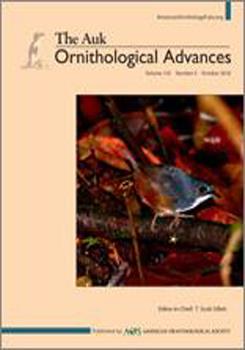While social mate choice is an obvious point where sexual selection acts on males, cryptic selection can occur based on how much females invest in a male's offspring. I tested 4 hypotheses about the relationship between female investment and social mate attractiveness by manipulating a sexually selected trait, white tail feathers (“tail white”), in male Dark-eyed Juncos (Junco hyemalis thurberi): (1) the differential allocation hypothesis predicts that females optimize lifetime reproductive success by maximizing parental investment in the offspring of ornamented mates and minimizing investment when mated to less attractive males; (2) instead of positive differential allocation, females could show negative differential allocation by investing more in less attractive males to compensate for their lower quality; (3) female care could also be influenced directly by paternal investment, in particular what appears to be positive differential allocation could be compensation for reduced care by attractive males; or (4) females could reduce care when paired with socially attractive males that are “good parents”. To evaluate these hypotheses, I examined the impact of tail white manipulation on clutch size, female incubation and brooding, and female and male provisioning. Females did not differentially allocate in relation to social mate attractiveness, nor were females responsive to patterns of male investment, even although artificially attractive males provisioned offspring significantly more than did controls. Naturally bright males, who were also the largest males, did not provision at higher rates, highlighting the need to experimentally separate the role of specific traits from other correlated factors. Tail white-manipulated males were involved in rare cases of polygyny and at times were actively guarded by their mates. Together, these results suggest that tail white influences reproductive behaviors in this junco population, but because of the potential for extrapair paternity, additional data are needed to accurately investigate the trait's role in female investment.
How to translate text using browser tools
5 February 2019
An experimental test of the effect of male attractiveness on maternal investment in Dark-eyed Juncos
Elise D. Ferree
ACCESS THE FULL ARTICLE

The Auk
Vol. 136 • No. 1
January 2019
Vol. 136 • No. 1
January 2019
behavior
evolution of reproductive effort
mate choice
parental investment theory




